
Philippe Daerendinger, Adam Gallagher, Morag Keil, Lawrence Leaman, Kate Mackeson, Sara MacKillop, Marta Riniker-Radich, Richard Sides
"Modernization"
Project Info
- 💙 CIRCUIT Centre d'art contemporain, Lausanne, Switzerland
- 💚 Philippe Daerendinger
- 🖤 Philippe Daerendinger, Adam Gallagher, Morag Keil, Lawrence Leaman, Kate Mackeson, Sara MacKillop, Marta Riniker-Radich, Richard Sides
- 💛 Aude Mayer
Share on
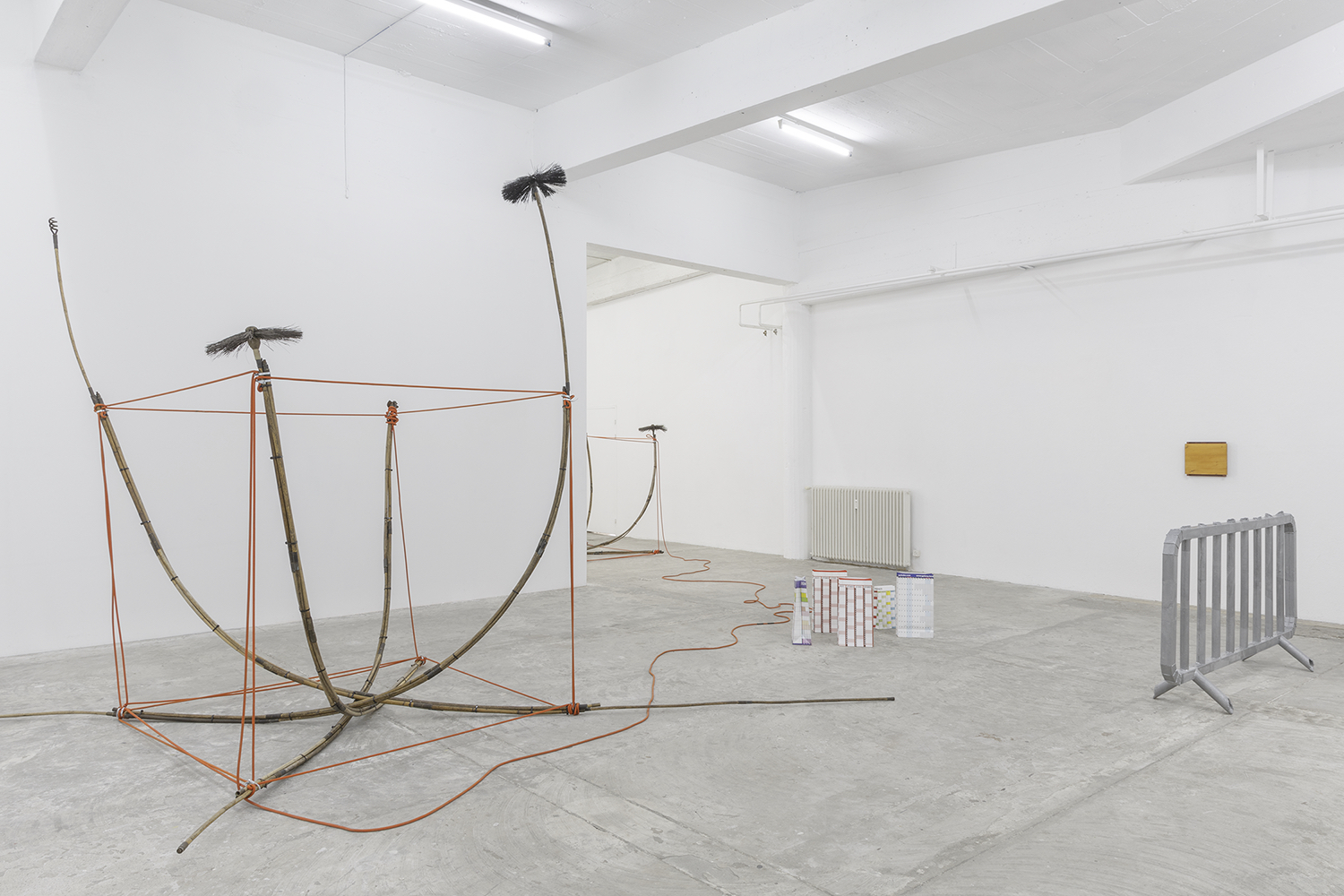
Exhibition view of "Modernization", 2024, CIRCUIT Centre d'art contemporain, Lausanne
Advertisement
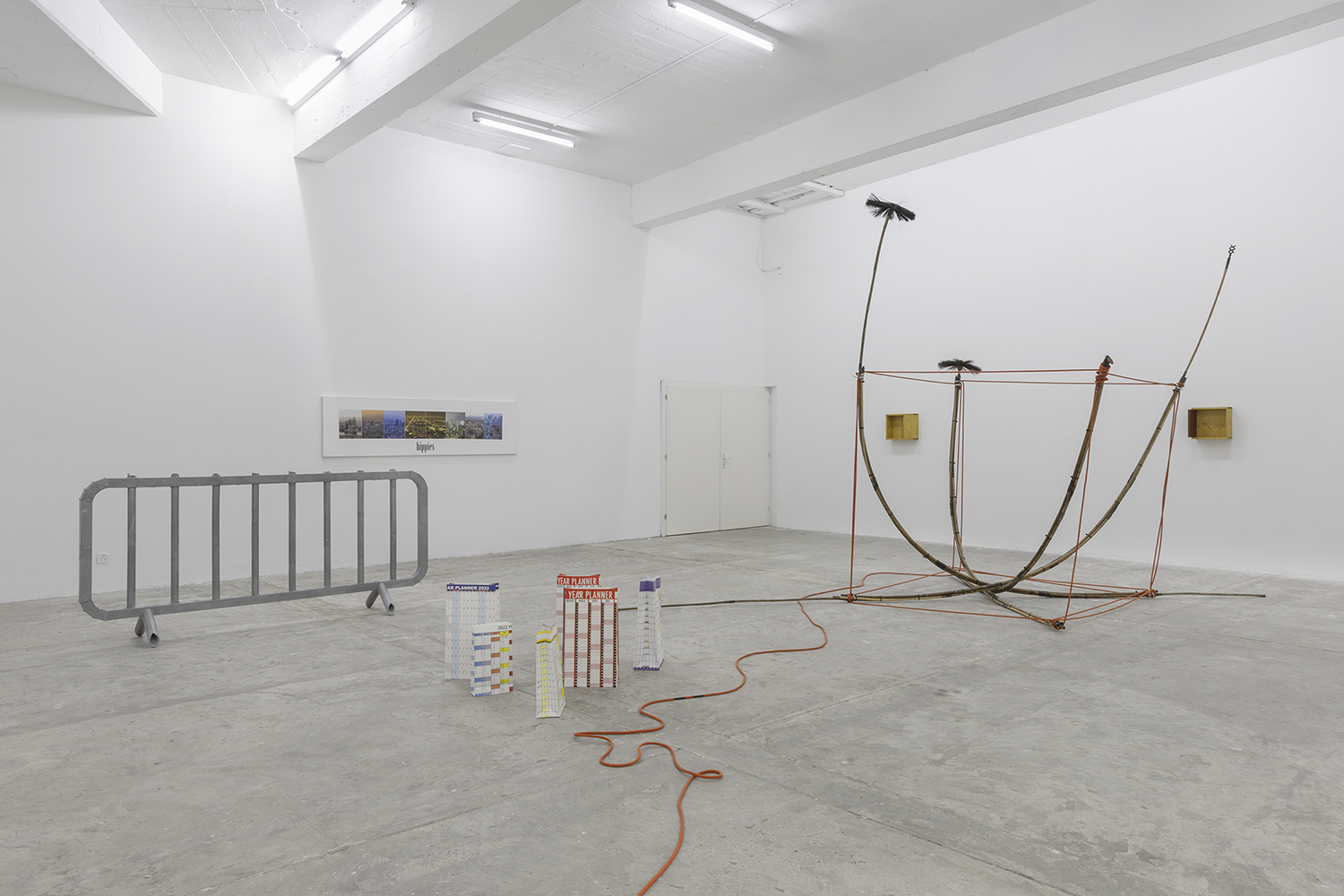
Exhibition view of "Modernization", 2024, CIRCUIT Centre d'art contemporain, Lausanne
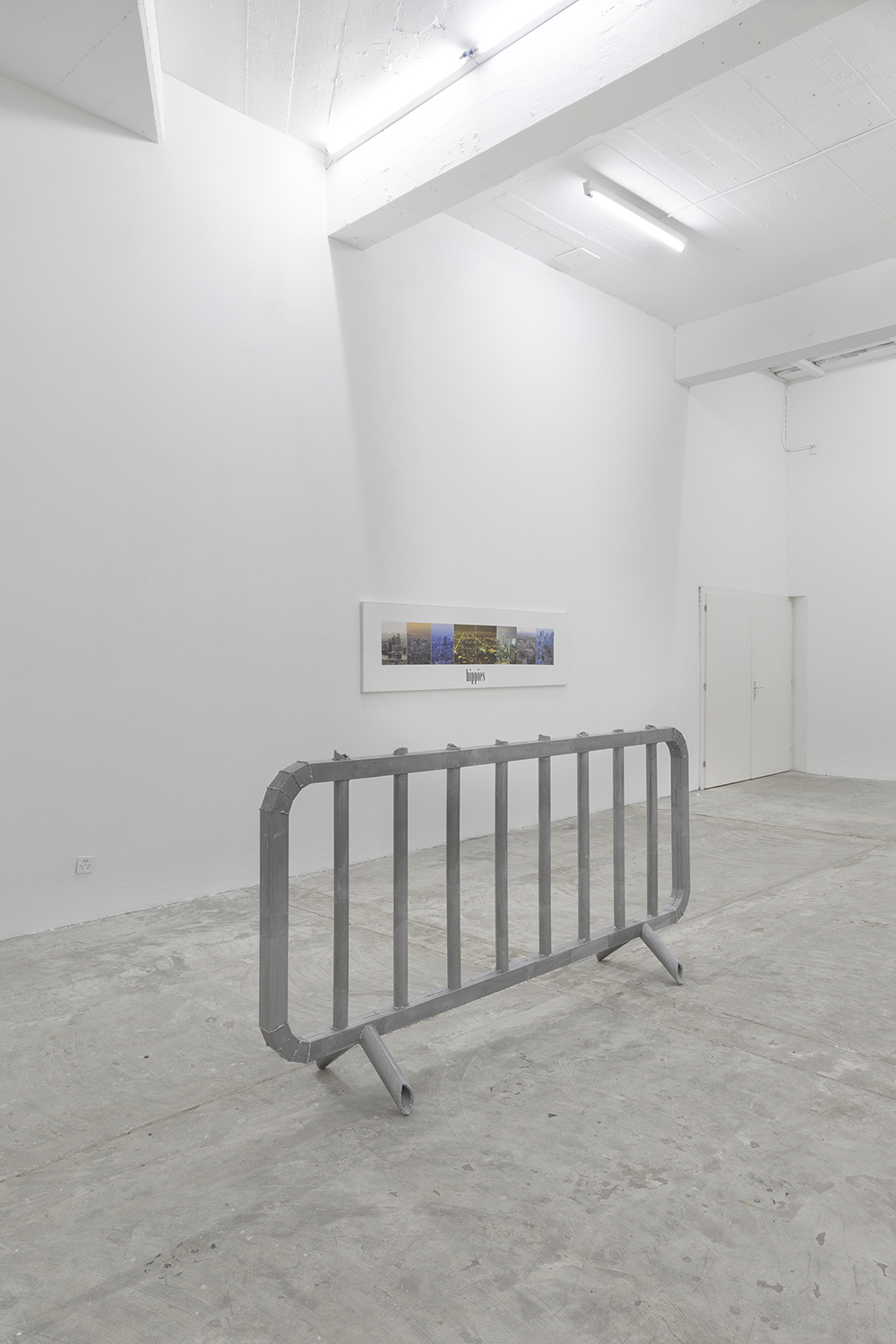
Exhibition view of "Modernization", 2024, CIRCUIT Centre d'art contemporain, Lausanne
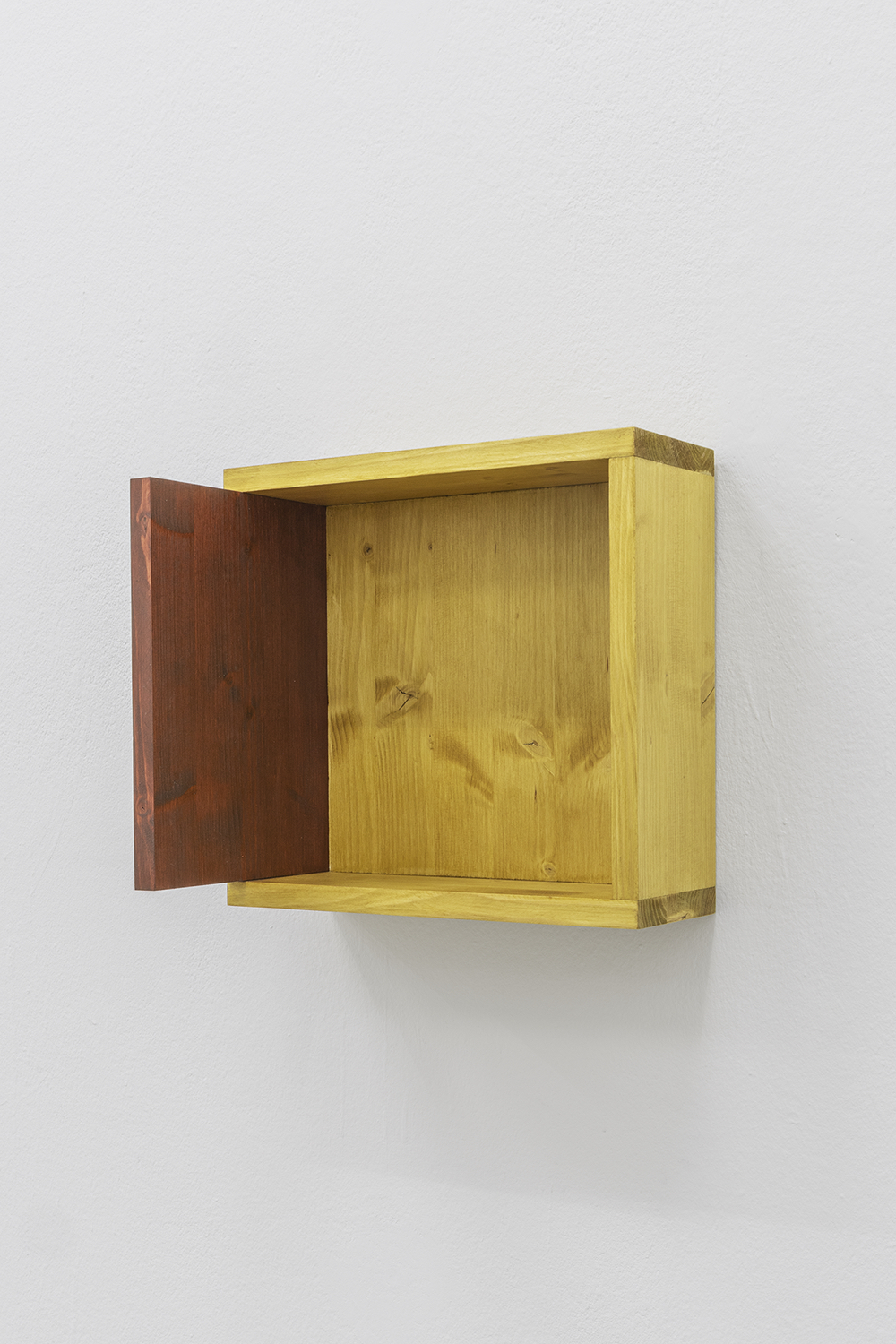
Lawrence Leaman, untitled, 2024, wood, varnish, screws, 33 × 31,5 × 22 cm
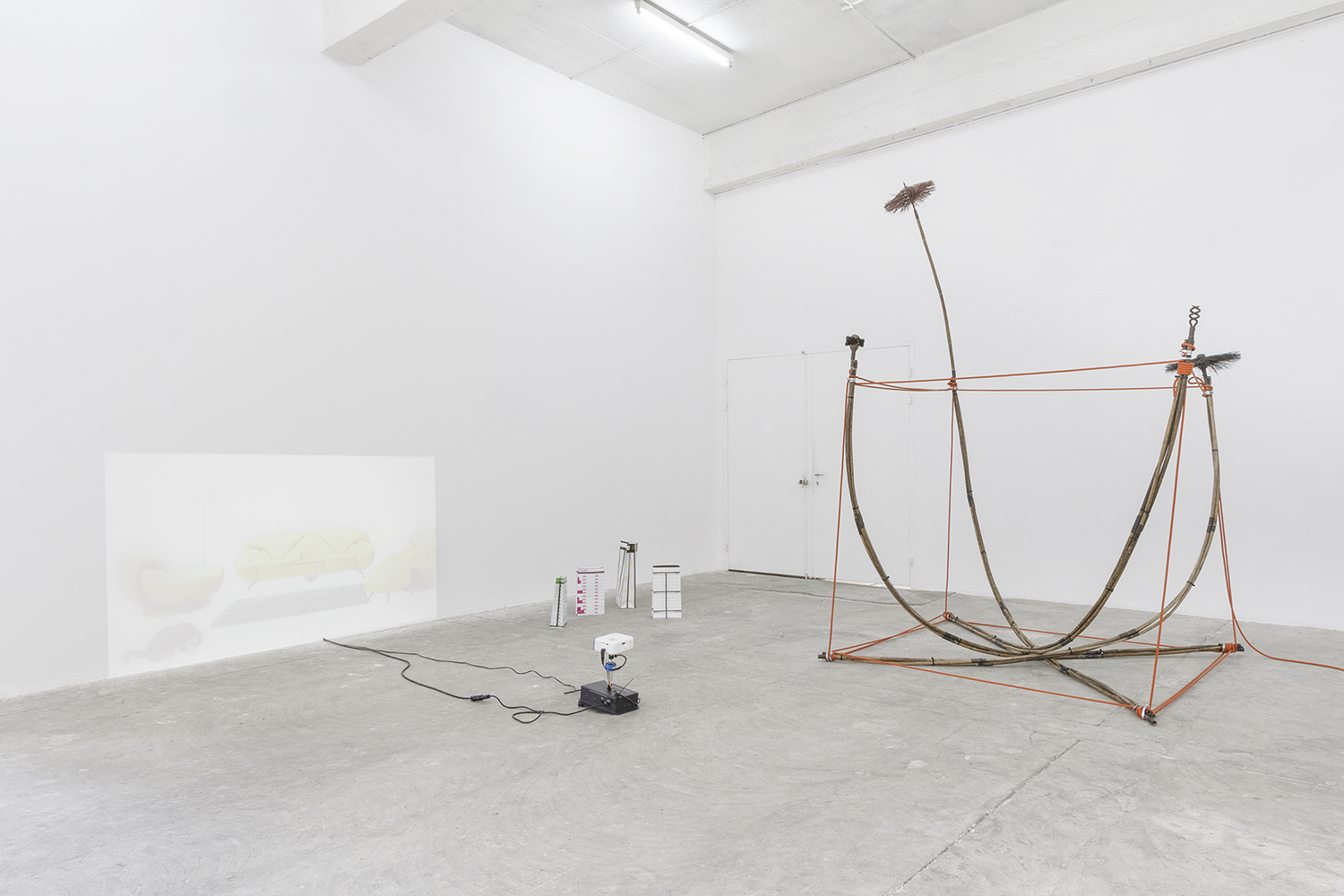
Exhibition view of "Modernization", 2024, CIRCUIT Centre d'art contemporain, Lausanne
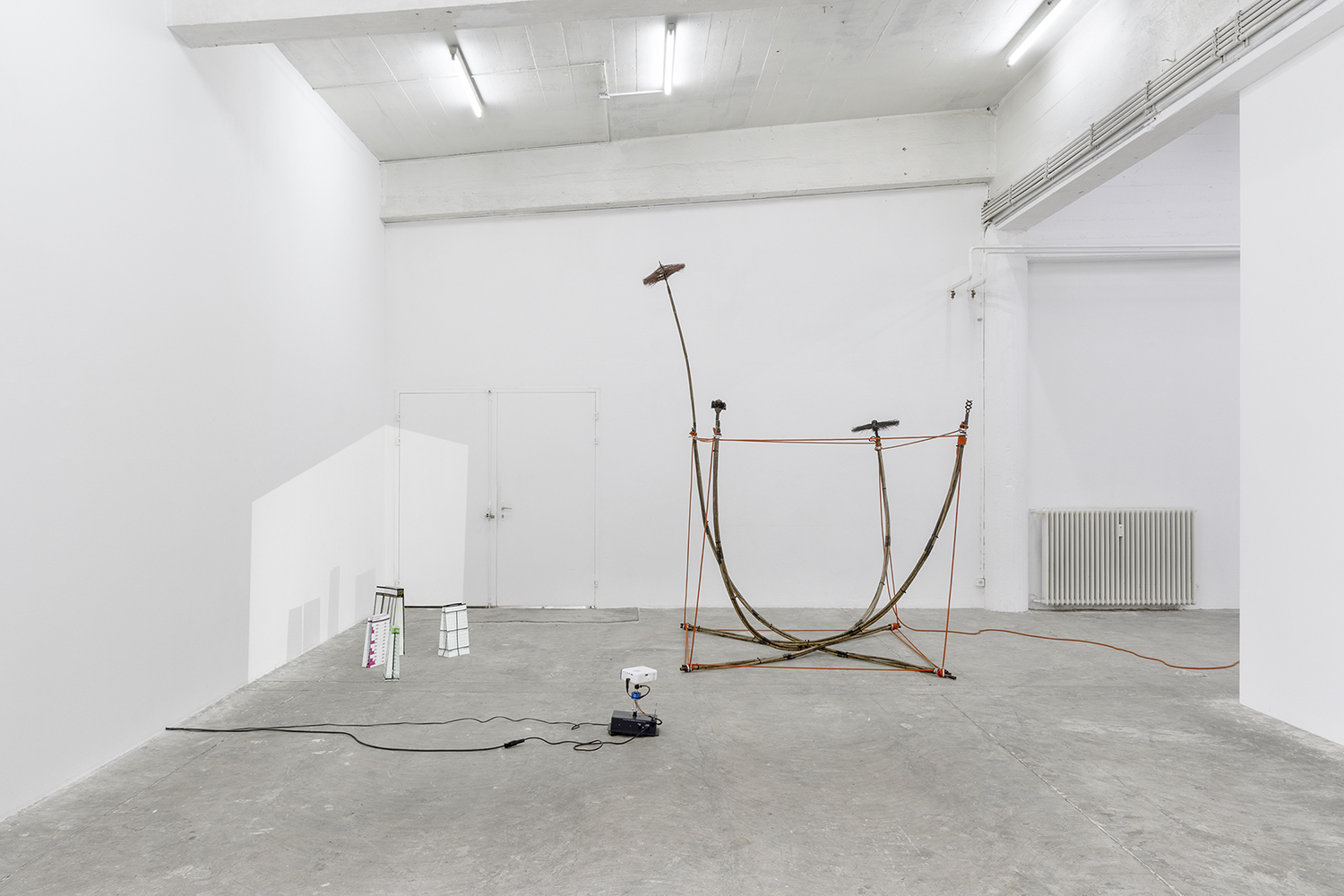
Exhibition view of "Modernization", 2024, CIRCUIT Centre d'art contemporain, Lausanne
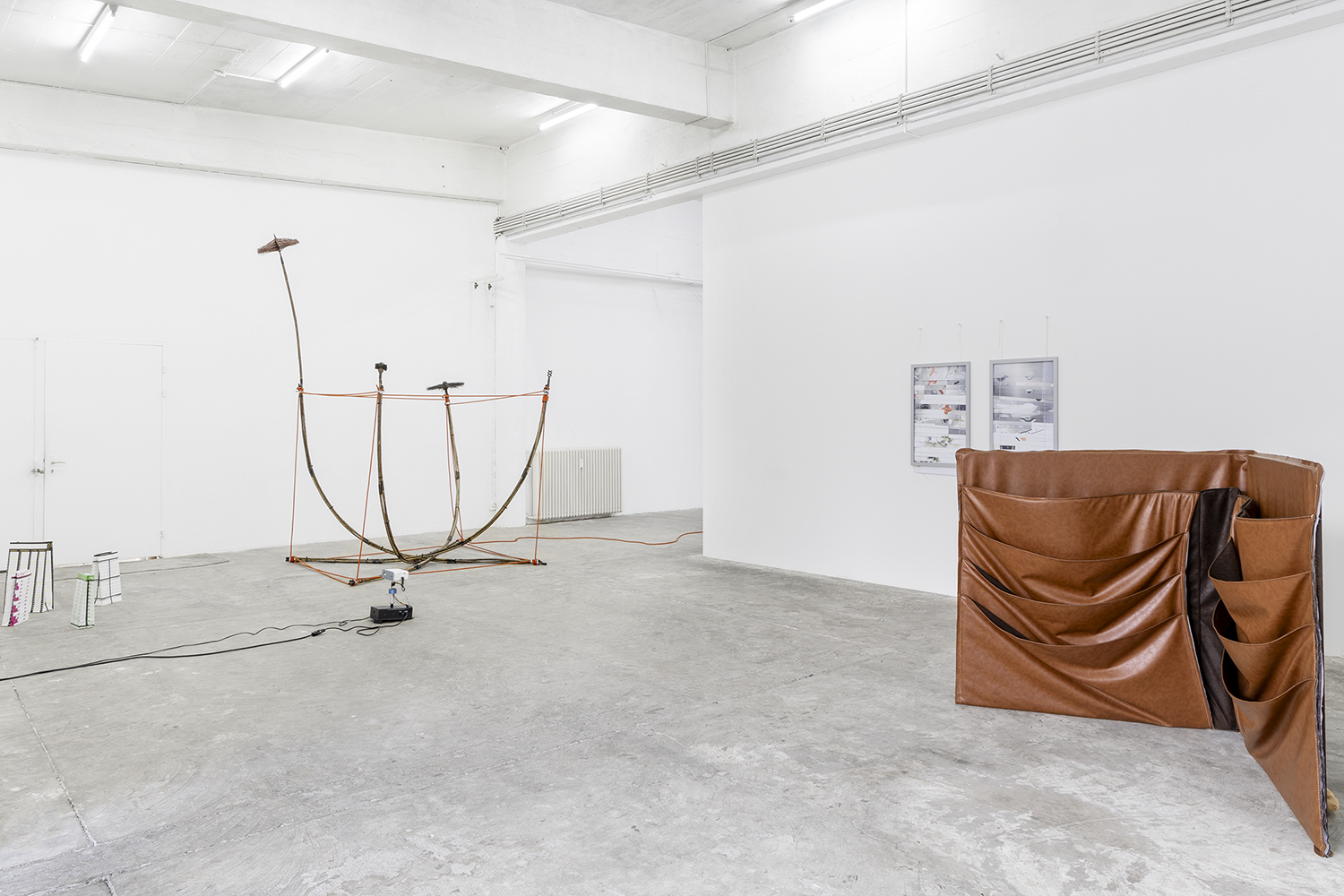
Exhibition view of "Modernization", 2024, CIRCUIT Centre d'art contemporain, Lausanne

Exhibition view of "Modernization", 2024, CIRCUIT Centre d'art contemporain, Lausanne
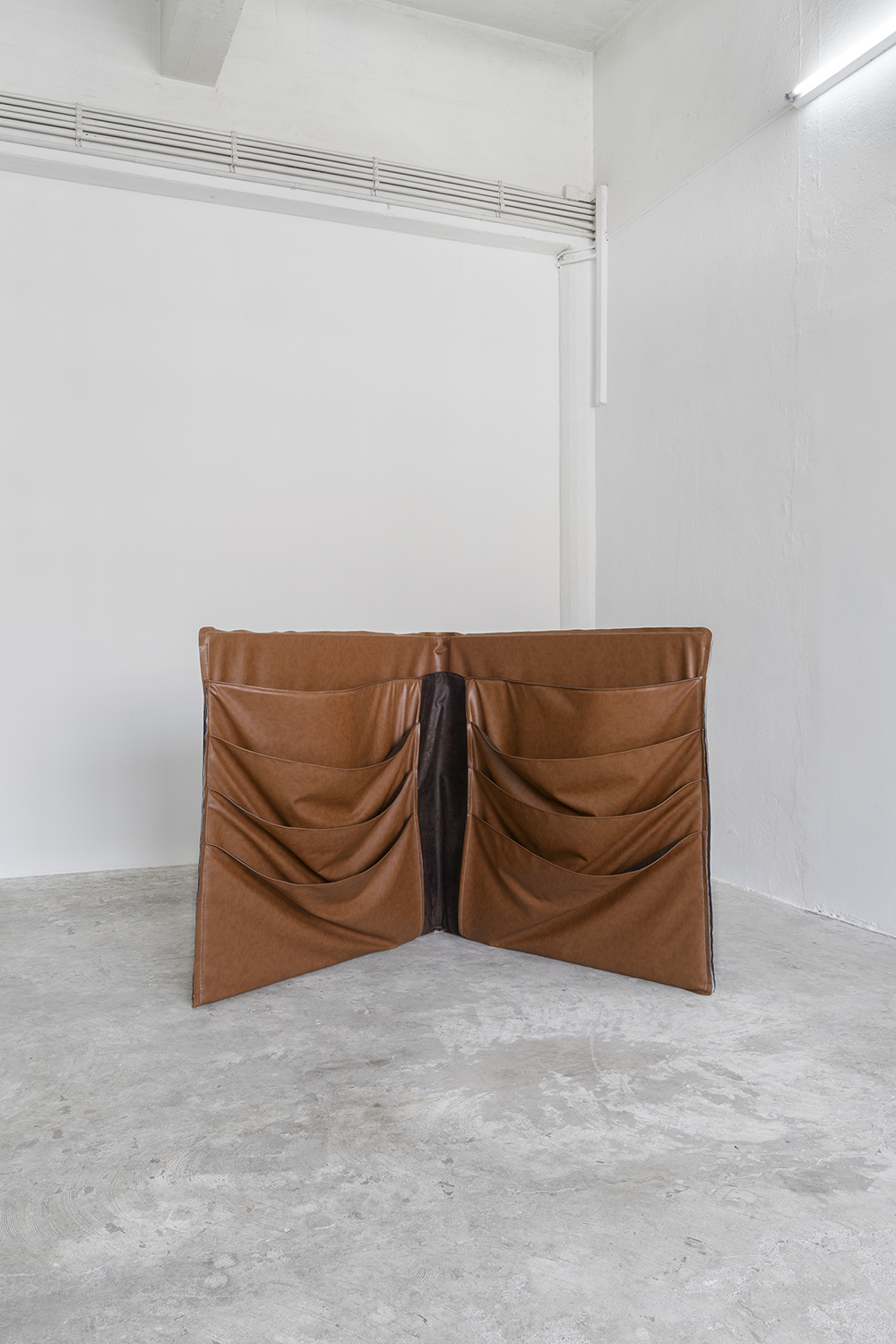
Exhibition view of "Modernization", 2024, CIRCUIT Centre d'art contemporain, Lausanne
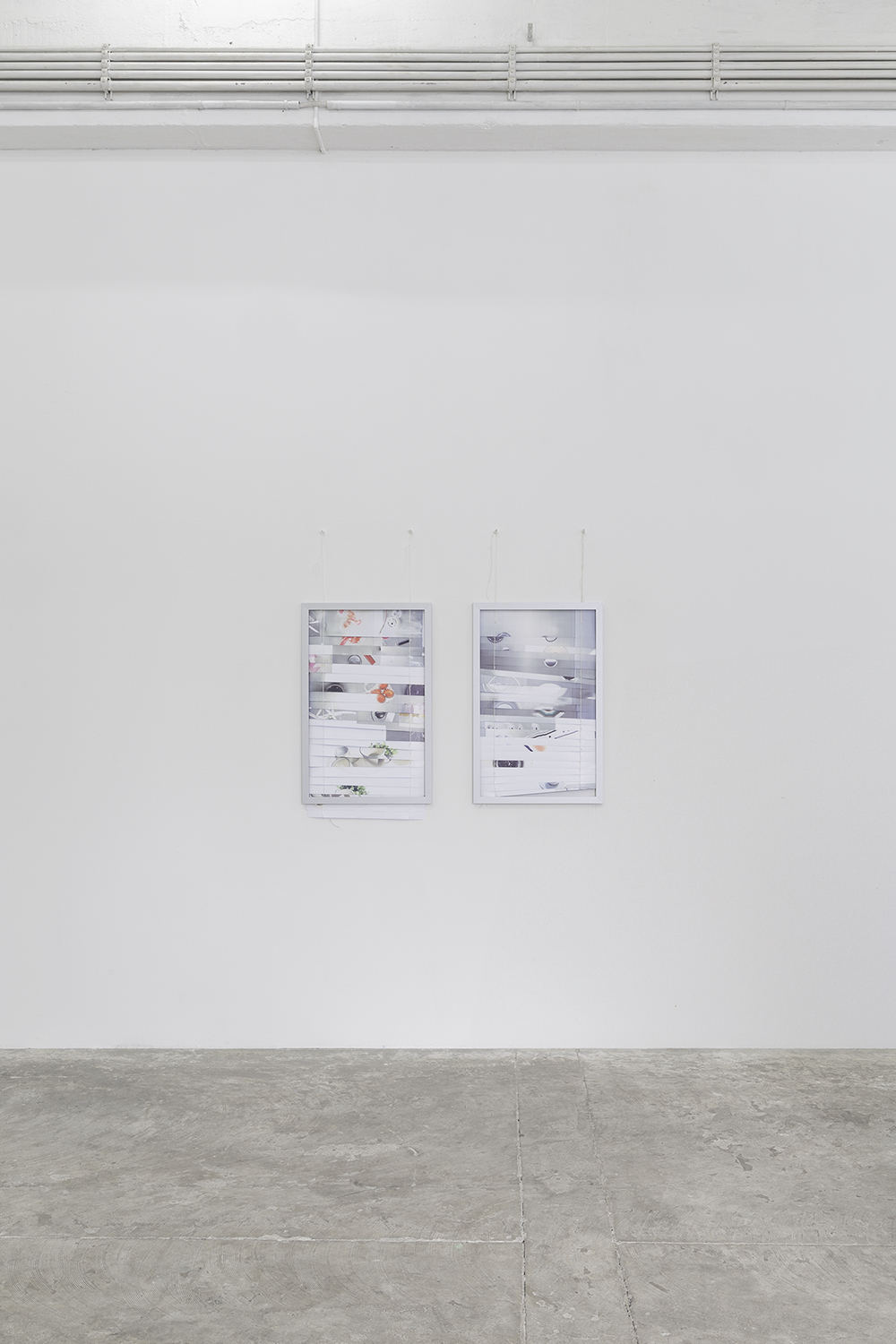
Sara MacKillop, Blind Books, 2024, printed matter, frame, string, nails, 110 × 75 cm
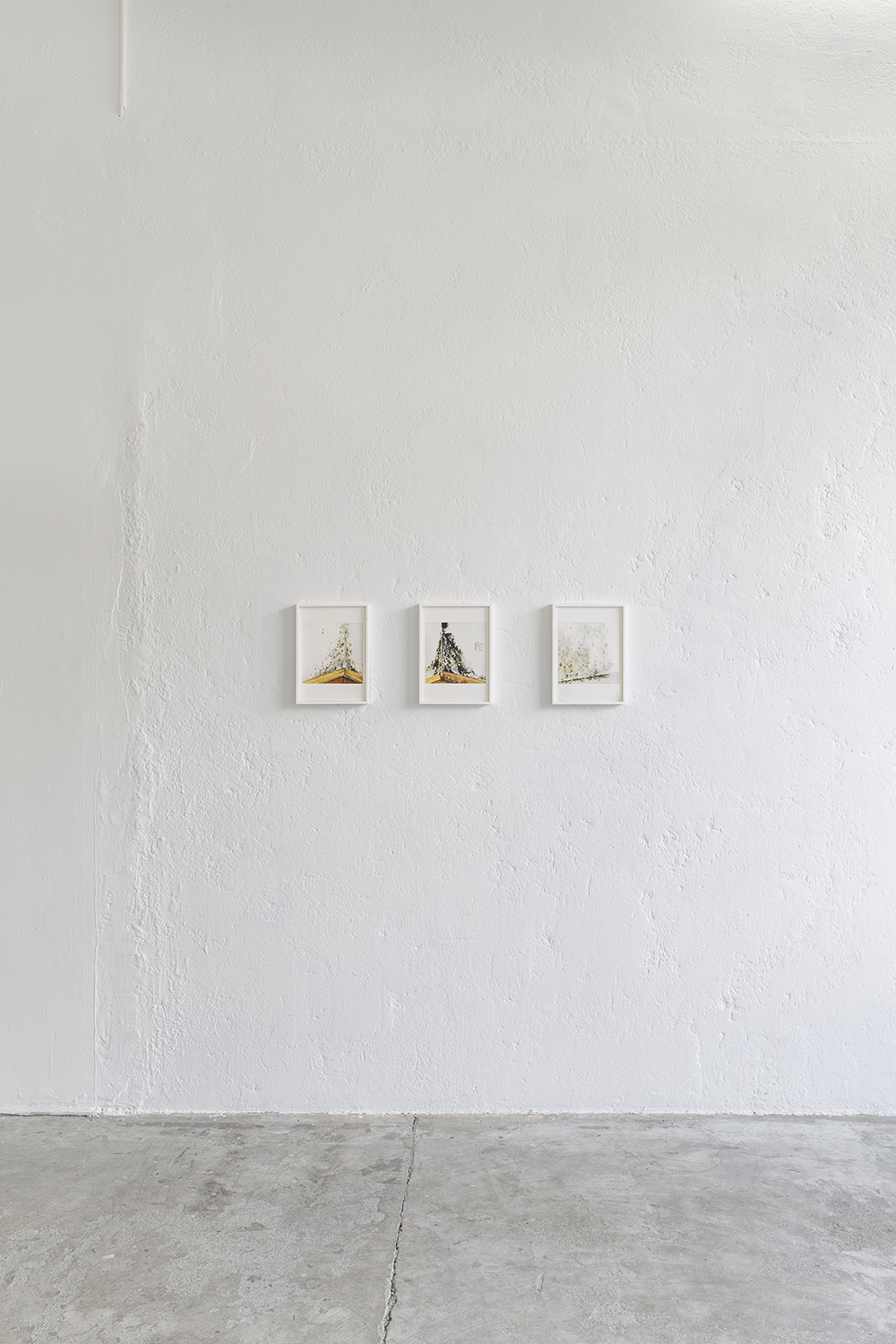
Marta Riniker-Radich, Physical Assets Are Always the Last Resort, 2022, mixed media on paper, 31.5 × 23 cm
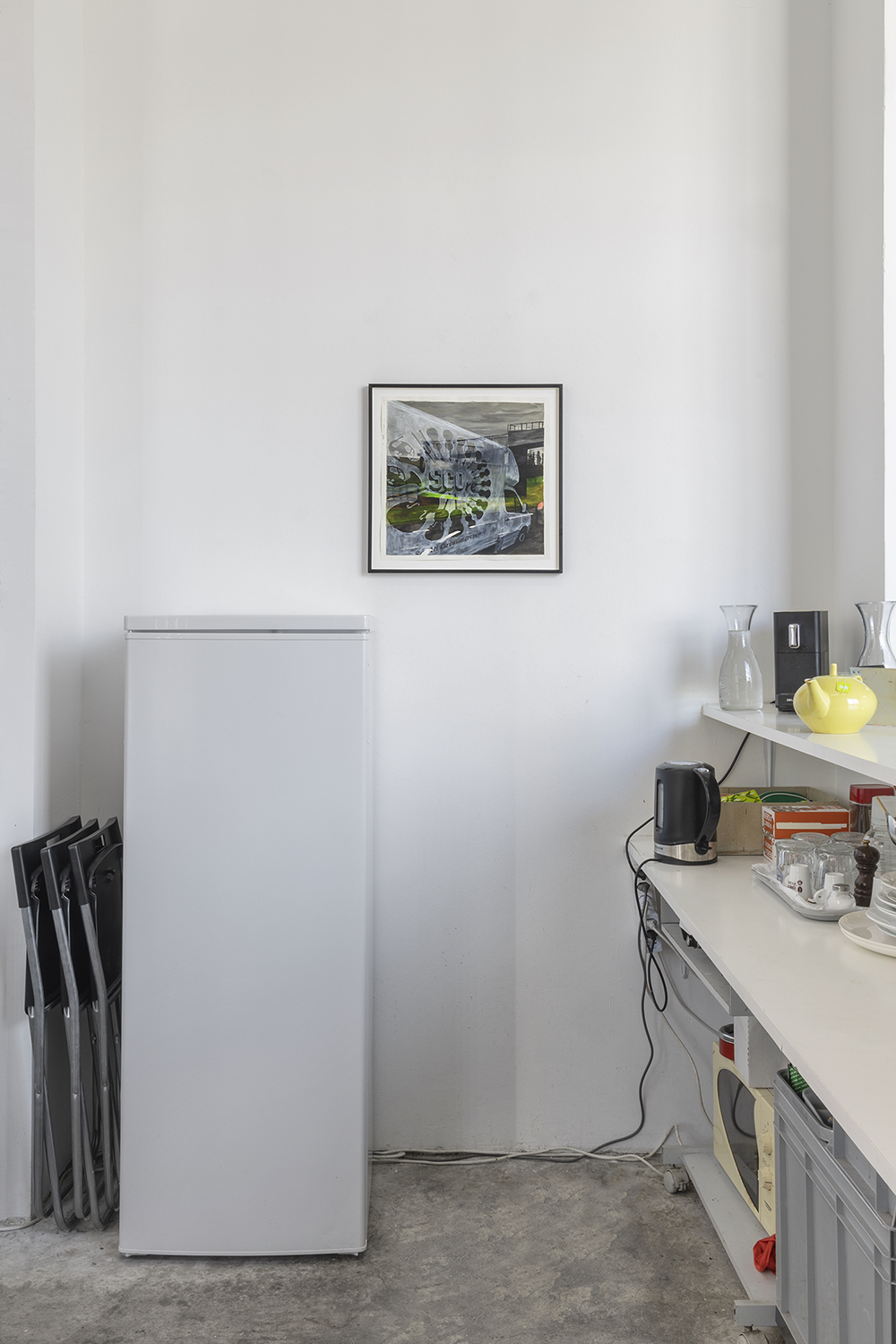
Philippe Daerendinger, Amateurs: South Circular Orchestra, 2022, ink, pencil and watercolour, 50 × 51,5 cm
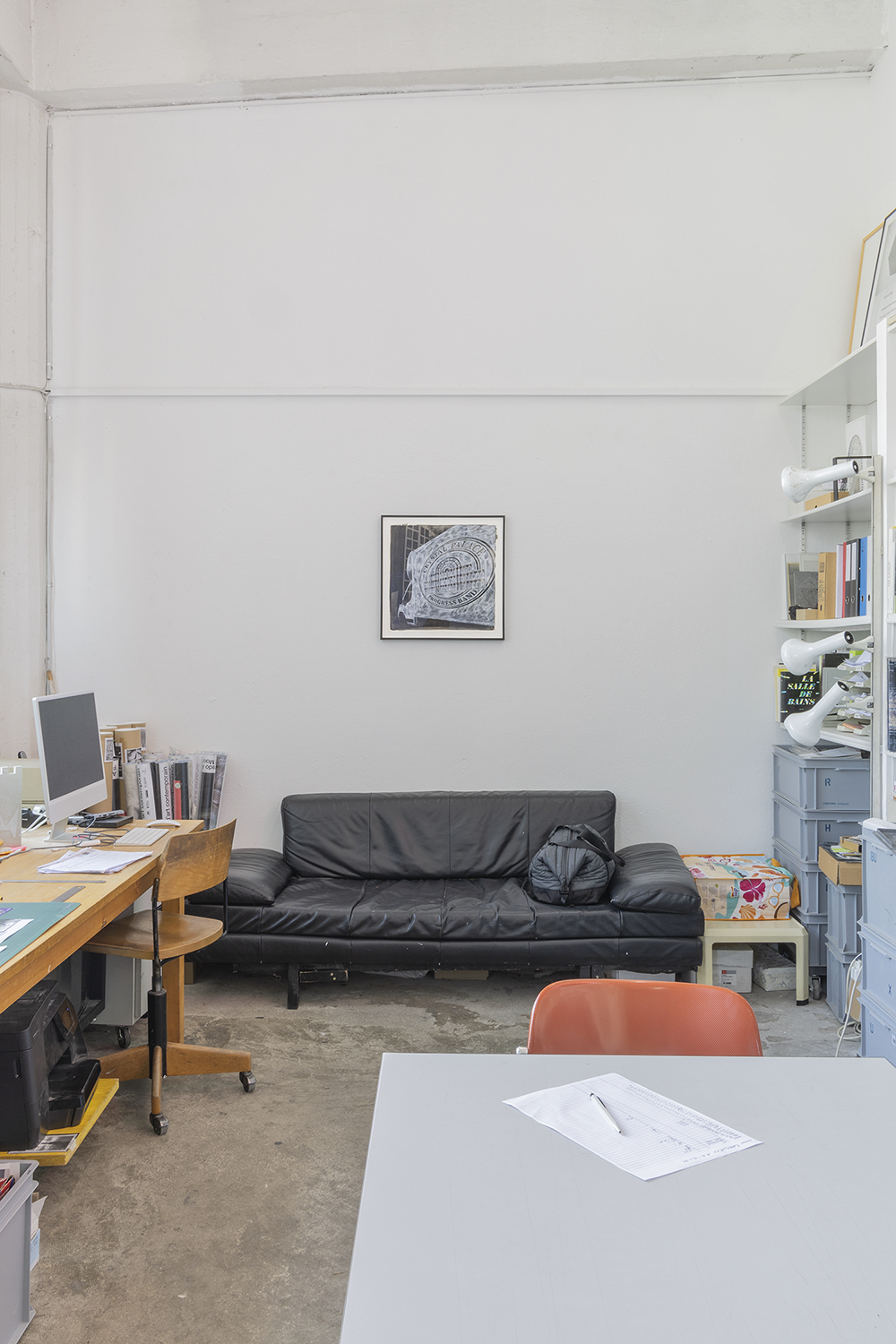
Philippe Daerendinger, Amateurs: Crystal Palace Progress Band, 2022, ink, pencil and watercolour, 56 × 56 cm
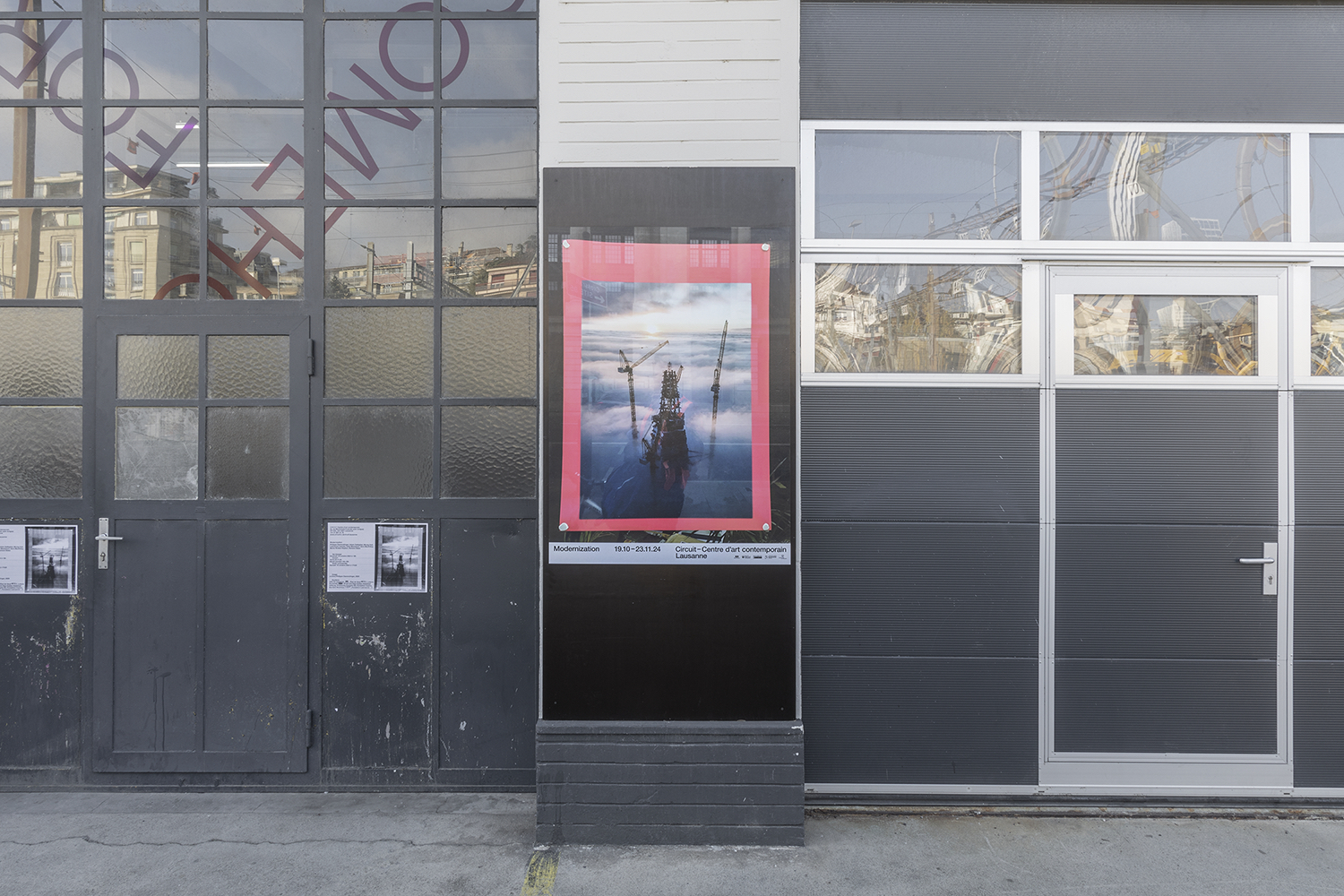
Philippe Daerendinger, Modernization, 2024, exhibition poster F4, Éditions Circuit, 2024
In his book “Capitalist Realism. Is There No Alternative?” (2009), British writer and theorist Mark Fisher describes capitalism in English-speaking countries – and beyond – as totalitarian, conditioning all strata of individual life, from work to health and even our love life. He refers to Margaret Thatcher’s famous 1980 slogan “there is no alternative” and argues that it is now easier to imagine the end of the world than the end of the system. In the book, Mark Fisher quotes a phrase by Alain Badiou from his 2007 pamphlet “The Meaning of Sarkozy” in which he gives a definition of modernization that is anticipatory of forthcoming post-financial crisis reforms in Europe as well as Britain’s austerity. “Modernization”, says Badiou, ”is the name of a strict and servile definition of the possible. These reforms invariably aim at making impossible what used to be practicable (for the largest number), and making profitable (for the dominant oligarchy) what did not used to be so.” I chose to use “Modernization” as the title of this exhibition, with the American ‘z’ as it appears in Fisher’s book and with Badiou’s definition in mind. The works in the exhibition, most of them sculptures, examine the circumstances of the present in terms of constraints and possibilities. Philippe Daerendinger
For this exhibition, three meticulous depictions of mouldy interior details have been extracted from a larger series of drawings by Marta Riniker-Radich titled “Physical Assets Are Always The Last Resort”. Mould, evidence of neglect on the part of property owners, evokes the effects of an economic policy that drives up asset values while keeping wages and public spending low.
Kate Mackeson’s sculpture “Inflation” is an oversized wallet made of brown faux leather, sewn together with exposed hand stitching. Standing upright and opened towards the space, it invites the visitors with its grand gesture into its sagging empty pockets. As the title already suggests, Mackeson’s work hovers around ambivalent contradictions such as value and decline or openness with little to offer. The ambivalence between the slick and cold demeanour of a shop front display and a cave-like domesticity, where draught stoppers keep the evil spirits of a hostile emptiness at bay.
Sara MacKillop is fascinated with the ways calendars, diaries and planners organise and structure time, both decoratively and bureaucratically. Displayed on the gallery floor; “Wallplanner Bags” evoke a city scape of office blocks. Activated by the viewer, these carrier bags take on the scale of a miniature city, a tourist attraction. On the wall MacKillop presents; “Blind Books” made from the old pages of self published projects, sliced and fashioned into Venetian style blinds.
Morag Keil has developed an experimental video projection process. A projector mounted on a disco ball motor projects a panoramic tracking shot constructed from images freely available on the internet. The speed of the tracking shot is synchronised to the rotation speed of the projector in such a way that the scene appears stationary on the wall each time the projection passes. The video shows an interior scene: a sofa and two armchairs with a bulbous and futuristic design, a rug, a lamp and in the foreground a cat, the only animated element, licking its paw. Like a scanner or a lighthouse, the screen of light travelling around the room reveals the scene as it passes.
“Bill and Charlie Tensegrity Structure”, Adam Gallagher’s sculptural proposition for Modernization, consists of two cuboid structures made of vintage chimney sweep rods and one 80 meter length of Swiss branded climbing rope. Tensegrity, the structural principle this sculpture is based on, is a portmanteau word for “integrity in tension”. Structural stability is found in the fine tuning of the tension network holding its elements together.
Lawrence Leaman’s wall sculptures are reminiscent of folk objects or economy furniture. Their size and shape are constrained by the artist’s use of shop bought shelf boards. Several works shown at CIRCUIT have a two-tone finish: lurid, artificial colours which approximate oak and mahogany. The works remember the vernacular design of community centres and places of worship. Form does not, straightforwardly, follow function. However, use value remains.
Philippe Daerendinger is showing a barrier sculpture. The object is constructed by pouring expanding foam mixed with metallic make-up powder into moulds constructed from three pipe templates: sink, gutter and wastewater. The moulds are then cut and assembled. The object is hollow, to reduce the material but also to create inlets and outlets in the structure. In the CIRCUIT office space are two additional works from the “Amateurs” series. These are ink and watercolour pencil drawings of delivery vans flanked by the logo of a local amateur orchestra based in the Greater London area.
Richard Sides’ practice focuses mainly on collage, installation and video. He draws his source material from personal archives which he regularly updates. His installations assume a low-fi feel and are organised to enable sound elements (often recognisable tracks or samples), objects, images and words to form a network of references and temporal clashes.
This projet is possible thanks to the support of the Fondation Leenaards.
Support: Ville de Lausanne, État de Vaud, Loterie Romande, Fondation Ernst et Olga Gubler-Hablützel, Fondation Casino Barrière Montreux, Profiducia Conseils SA




